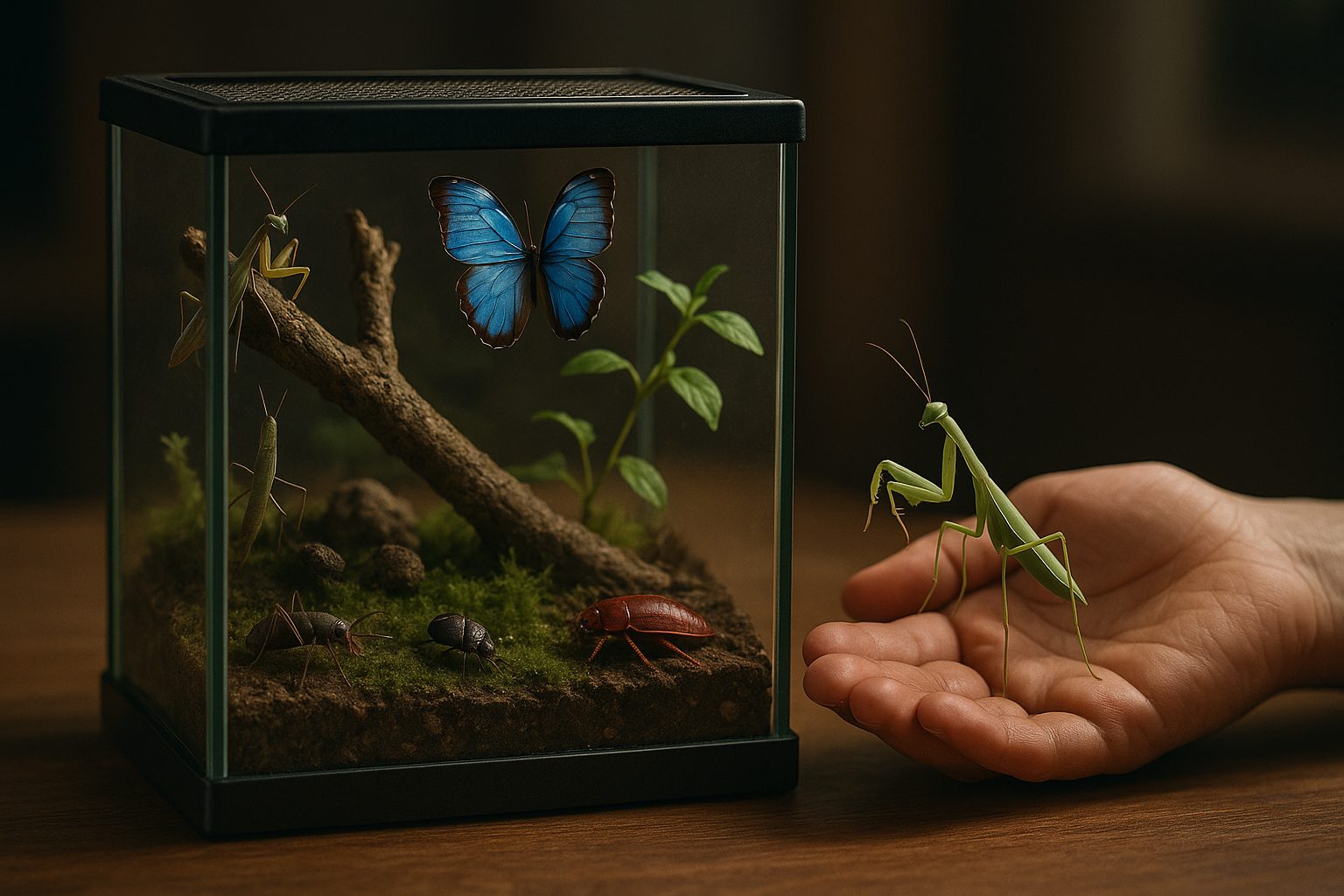A Deeper Dive into the Dynamic World of Immersive Storytelling
Immersive storytelling has taken the arts and entertainment industry by storm, offering an engaging and interactive experience that transports audiences into the heart of the narrative. With its roots in theater and its future in virtual reality, immersive storytelling is revolutionizing the way we consume and interact with stories.

The Origins and Evolution of Immersive Storytelling
Immersive storytelling is not a new concept, but its modern form has roots in the late 20th century when interactive theater started gaining popularity. The most influential early immersive storytelling project was ‘Sleep No More,’ a site-specific, interactive adaptation of Shakespeare’s ‘Macbeth.’ Audiences were not merely spectators but active participants, free to explore the performance space and interact with the performers. This form of storytelling blurred the line between audience and actor, creating a unique and engaging experience.
Immersive Storytelling in the Digital Age
With advancements in technology, immersive storytelling has found a new home in the digital realm. Virtual reality (VR) and augmented reality (AR) technologies have become the new tools for immersive storytelling. They offer a more engaging and interactive experience, allowing audiences to explore virtual environments and engage with digital narratives in a more personal and immersive way.
The Impact of Immersive Storytelling
Immersive storytelling has a profound impact on the arts and entertainment industry. It has changed the way stories are told and experienced, making them more engaging and interactive. Moreover, it has expanded the boundaries of traditional storytelling formats, opening up new possibilities for artists and creators. As a result, it has captivated audiences, offering them an unprecedented level of engagement and participation.
The Reception and Future of Immersive Storytelling
While immersive storytelling has its critics, the reception has been largely positive. Audiences appreciate the interactive and engaging nature of immersive stories, and the demand for such experiences is increasing. The future of immersive storytelling looks promising, with advancements in technology and creative innovation constantly pushing the boundaries of what is possible.
The Significance of Immersive Storytelling
Immersive storytelling represents a significant shift in the arts and entertainment industry. It is not merely a trend, but a reflection of the evolving ways in which we engage with stories. As our world becomes increasingly digital and interactive, immersive storytelling is an important step towards a more engaging and participatory form of artistic expression.
In conclusion, immersive storytelling is an exciting and innovative field that is changing the way we interact with narratives. Its journey from the stage to the screen, and its impact on the arts and entertainment industry, is a testament to the power of stories and our desire to experience them in more personal and engaging ways. As technology and creativity continue to evolve, so too will immersive storytelling, promising a future of unparalleled narrative experiences.




